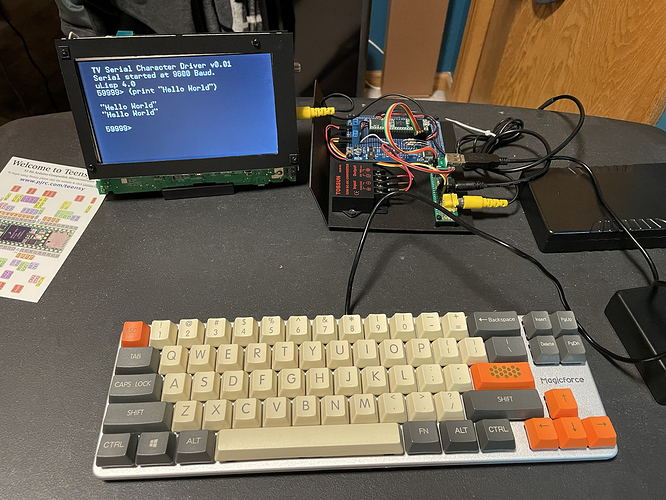The “Tiny Lisp Computers” look great but how about something bigger?
An instant-on, ready to use machine like the original personal computers of the late 70s and 80s, except using Lisp instead of Basic. I recall running UOLisp (University of Oregon Lisp) on the 8-bit TRS-80 model I, but my fondest memories are using ZetaLisp on the Symbolics workstations, and InterLisp on the Xerox workstations. How about a Retro (Tiny) Lisp Machine?
One thought would be to take an existing Retro machine and software, and rework the firmware to use uLisp instead of Basic. No need to create new hardware, and working software exists and could be altered. I’m thinking of the Colour Maximite 2 Generation 2, which uses a 32-bit ARM Cortex-M7 at 480Mhz.
Description: https://geoffg.net/CMM2_Description.html
Generation 2: https://geoffg.net/CMM2G2_Design.html
The CMM2 graphics and hardware commands would be given uLisp equivalents.
Basic overview: https://www.c-com.com.au/mmhelp/
Open source: https://geoffg.net/OpenSource.html
Thoughts on suitability or desirability of this approach? Another approach?
Thanks for reading!

